Modern wrought iron fencing is a fencing option that is both beautiful and durable, however, understanding its cost-effectiveness is crucial to making an informed decision. This article will introduce you to the cost factors involved in wrought iron fences and analyze their relationship with benefits to help you evaluate the economics of this type of fence.
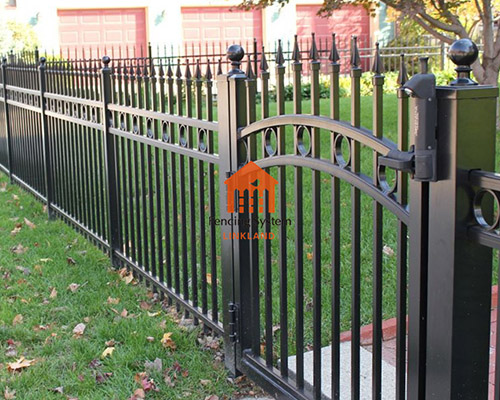
Material costs:
The cost of modern wrought iron fences is mainly composed of material costs. These materials include wrought iron panels, fence posts, screws, nuts, etc. Wrought iron fence prices vary depending on the quality of materials, design complexity, and size.
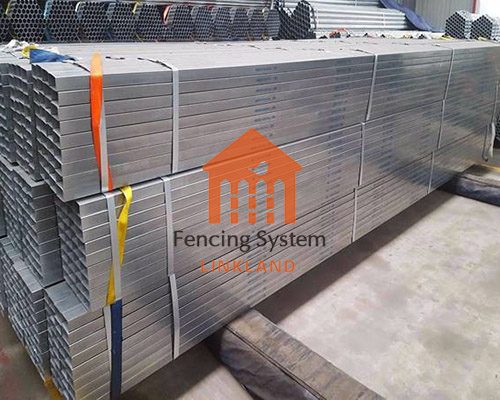
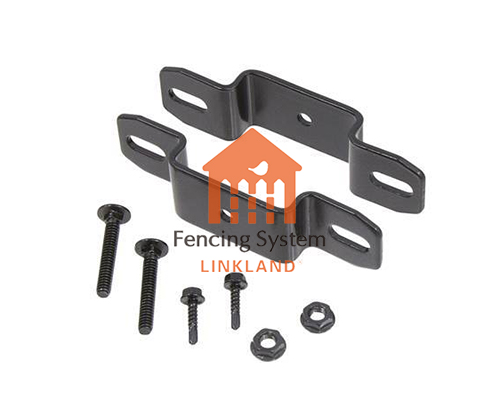
Installation cost:
Installing a modern wrought iron fence usually requires a professional. Installation costs depend on the size, complexity and installation conditions of the fence. Larger, more complex fences may require more labor and time, so the cost will increase accordingly.

Maintenance cost:
Modern wrought iron fences are relatively easy to maintain, but they still require regular maintenance. Maintenance costs may include cleaning, painting or rust prevention. These costs should be factored into the overall cost of the fence.
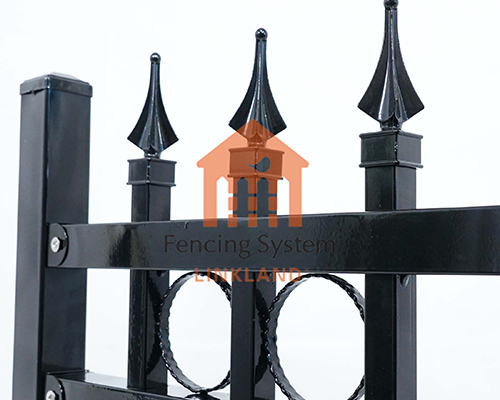
Lifespan and durability:
wrought iron fence are known for their durability and long life. Relative to other fencing materials, such as wood or plastic, wrought iron fencing is generally more durable. This means you get better cost-effectiveness over the long term.
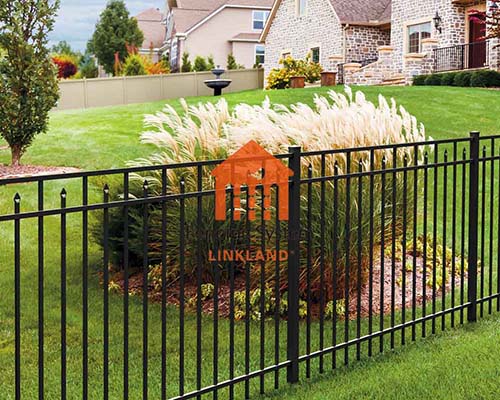
Aesthetic value:
The aesthetic value of a modern wrought iron fence should also be considered in the cost-benefit assessment. The beautiful design and sturdy construction of this type of fence can increase the value of the property and enhance the overall appearance.